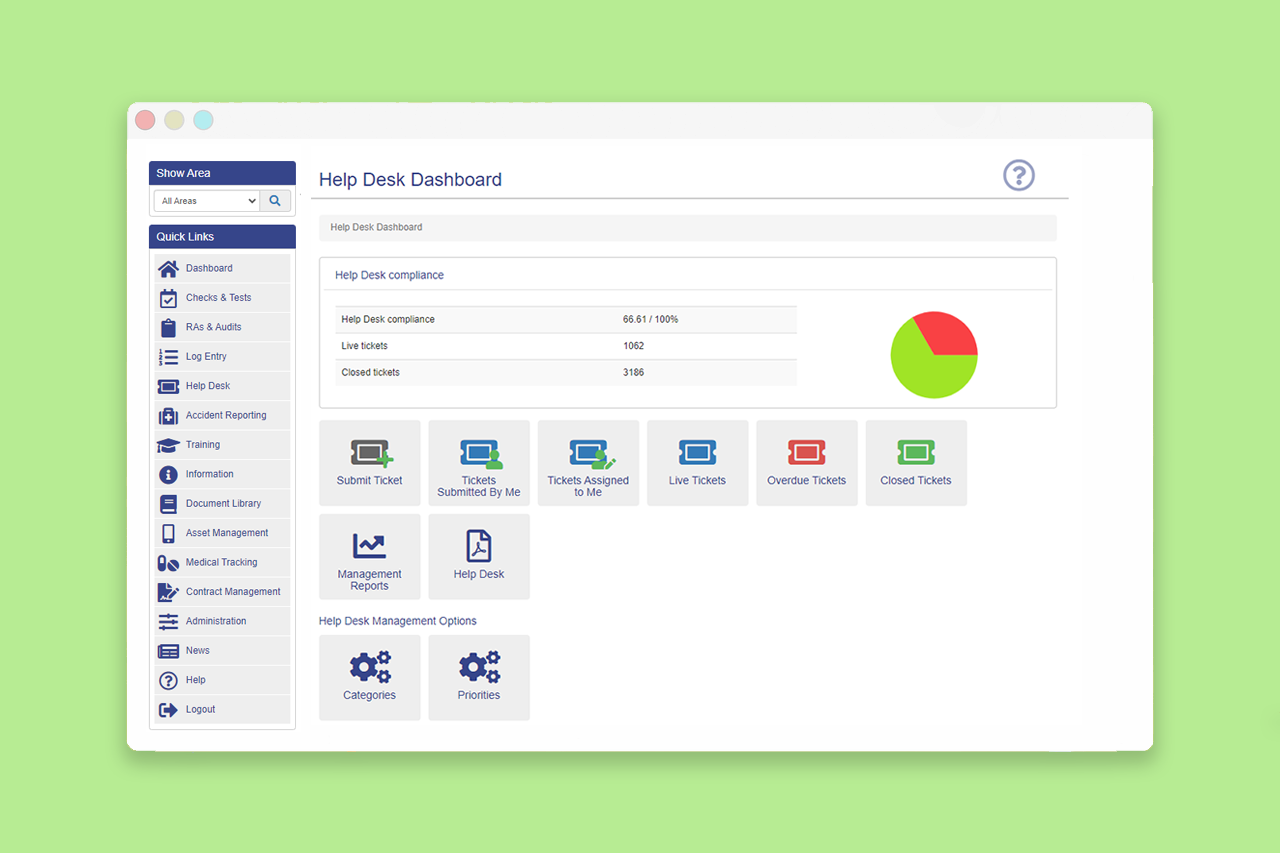Home / News / Health & Safety Compliance in the Digital Environment
Health & Safety Compliance in the Digital Environment

‘Convergence Culture’
“Ready or not, we are already living in a convergence culture” declared Jenkins (Convergence Culture, 2006) during another period of booming technological advancement – notably the dawn of the smartphone age. In broader culture the term ‘convergence’ had already been borrowed from Biology, adopted in Economics, Mathematics and Computing; generally alluding to a theory that basically describes a phenomenon where some creatures living in the same environment – although unrelated to each other, will eventually morph into a similar structure independently or develop identical traits.
In Telecommunications Policy (1998) several authors describe technological convergence along the aforementioned biological lines: multiple functions/technologies predicted to eventually share the same platform either for necessity or to increase efficiency. Fast-forward more than 20 years and the digital landscape has not failed to live up to lofty predictions, with the modern internet certainly boosting the speed in which progress has occurred.
Currently it has become expected that almost every electronic device serves multiple functions. For example the wristwatch can now receive and make phone calls alongside serving as a digital running and exercise companion – surprisingly the (then lauded) Fitbit was only launched in 2010. However for Q3 of 2018, Apple’s Smartwatch leapfrogged Fitbit for second place in global shipments and market share, achieving a year-over-year growth of 54% compared to Fitbit’s 3.1% shrinkage; an impressive feat for a company merely incorporating a related activity into their ‘smartwatch’ platform – convergence reaping benefits.
Convergence Meets Compliance
Health & safety compliance has also experienced convergence, albeit at a slower pace than larger culture. Any potential advancements in the industry are of course expected to be subject to – and limited by health & safety legislation and regulations; and this is important because legislation (primarily the Health and Safety at Work etc. Act 1974) created the government agency Health and Safety Executive (HSE) and gave them (to be more specific, the Secretary of State for Work and Pensions) broad powers in forming prosecutable health & safety regulations.
However the enhanced accessibility of up-to-date and indexed legislation online through the HSE’s information portals has meant that external consultation of health & safety law is in essence no longer needed. Realistically a medium to small company can compose its health & safety policy internally with minimal prior expertise. Along similar lines, the subject of data protection law which was passed as the GDPR in 2018 and the Data Protection Act of 1998 before that (addressed by Whenmouth previously here) has in practice converged with health & safety under the broad umbrella of compliance.
Compliance – or in this context: ‘regulatory compliance’, is simply about an organisation adhering to internal and/or external regulations for which incurred penalties range from a small fine to full-blown prosecution. So for example, a fire risk assessment and GDPR training for the organisation’s Data Protection Officer/s (both which are mandatory under current law) and tangible proof that these activities have been completed (eg. certificates) means that a singular system that logs, stores, and makes this proof immediately accessible trumps alternatively having multiple separate systems for this, especially for convenience and time-efficiency.
Increasing efficiency normally results in the reduction of business operating costs; and the emergence of software that has the capacity to incorporate various related activities under the compliance umbrella has been inevitable. Another example: Human Resources programs and Learning Management Systems (LMS) operate at different points along the compliance scale, but the desire to integrate related functions into a singular platform has seen the emergence and growth of software like Smartlog, which both manages compliance-relevant employee data and allocates mandatory e-learning courses to selected members of staff.

The Importance of a Core Competency
In order to successfully sell units, a highly capable product still needs credibility, especially one that has converged. Much like Apple’s branding retaining its credibility in the fitness and health watch market (as mentioned previously) or Samsung’s vast electronics experience massively contributing in their overtaking of Nokia as the market leader for mobile phone unit sales in 2012: a core competency is needed in order to retain any market credibility and successful integrate.
Amidst the integration of health & safety e-learning, risk assessment templates, site management alerts, logs, task allocation & monitoring, and (soon to be) asset management into Smartlog; Safesmart’s core competency lies in a history of fire safety engineering and consultations as well as an active fire risk assessment service that is up and down the country every week. It is a brand that puts fire safety at the top of the compliance pile, with the experience and expertise to back this up.
This is mainly because fire safety remains the heart of workplace health & safety, with 11,141 accidental non-residential fires attended by the Fire and Rescue services in England during 2017/18. These incidents resulted in 12 fatalities and 653 casualties with notably 2,245 (20%) of the fires occurred in offices/call centres, retail and hospitals/medical care; reinforcing both the ethical and legal need for all types of businesses to conduct a thorough fire risk assessment regularly.
Overall fire accident deaths only accounted for 8.3% of the 144 total workplace fatalities in 2017/18, however alongside the devastating personal injuries and losses of life, fire incidents by nature also more often result in copious amounts of property and asset damage of which very few businesses would be able to recover from financially.
Summary
According to HSE (2018) there has been a long-term downward trend in the rate of fatal injury per 100,000 workers since 1989, with the 2017/18 rate around a fifth (1/5) of the 1988/89 figures. So evidently workplace safety has improved over the years; and alongside the technological leaps and bounds in communications during the last couple of decades, improvements are also occurring in the delivery of health & safety compliance management and training, especially in regards to efficiency.
Convergence continues to drive innovations in the digital sphere and larger society, but with seemingly endless possibilities in the amount of different business management functions that can be potentially converged into a single platform, any limit will simply depend on the business and their compliance needs. But objectively some functions are more important than others, especially in relation to the law; which essentially means that across the board there is a one size fits all option.
Bibliography
Bohlin, E. (ed.)(1998) ‘Convergence and new regulatory frameworks: A comparative study of regulatory approaches to Internet telephony’ in ‘Telecommunications Policy Vol.22, Issue 10′. Elsevier
Jenkins, H. (2006) Convergence Culture. New York University Press
Forbes (2010) ‘Getting Fitbit’. Available at: https://www.forbes.com/2010/06/11/fitbit-tracker-pedometer-lifestyle-heatlh-lifetracking.html#124362215556 (accessed: 23/05/2019)
IDC (2018) ‘New Product Launches Drive Double-Digit Growth in the Wearables Market, Says IDC’. Available at: https://www.idc.com/getdoc.jsp?containerId=prUS44500418 (accessed: 23/05/2019)
Deloitte (-) ‘Regulatory & ethical compliance: Navigating through choppy waters‘ . Available at: https://www2.deloitte.com/uk/en/pages/audit/articles/regulatory-and-ethical-compliance.html (accessed: 30/05/2019)
GOV.UK (-) ’Fire safety in the workplace’. Available at: https://www.gov.uk/workplace-fire-safety-your-responsibilities/fire-risk-assessments (accessed: 30/05/2019)
GOV.UK (2019) ‘Fire statistics data tables’(Fire 0301 sheet). Available at: https://www.gov.uk/government/statistical-data-sets/fire-statistics-data-tables#non-dwelling-fires-attended (accessed: 28/05/2019)
HSE (2018) ‘Workplace fatal injuries in Great Britain 2018’. Available at: http://www.hse.gov.uk/statistics/pdf/fatalinjuries.pdf (accessed: 23/05/2019)




